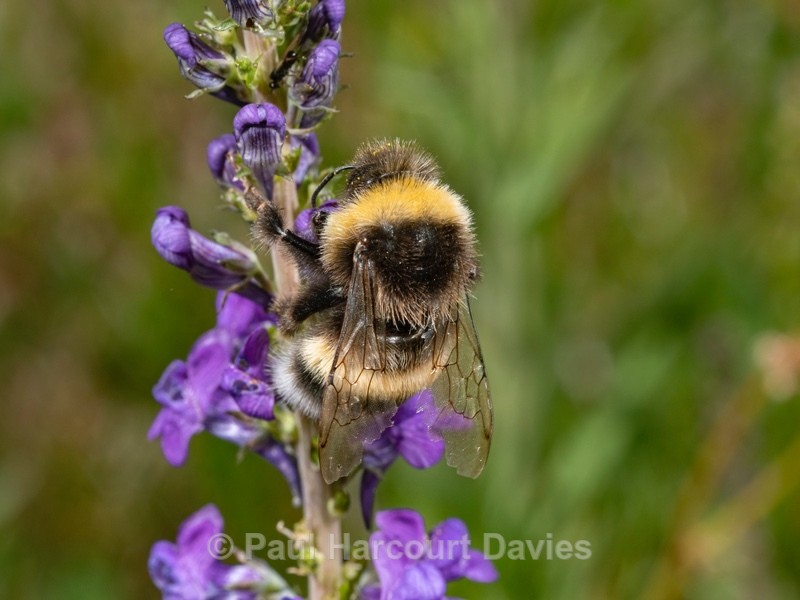
White-tailed bumble bee ♂︎ (Bombus leucorum) Bombus lucorum, the white-tailed bumblebee, is a species of bumblebee, widespread and common throughout Europe. Compared to other bumblebee species, they have shorter probosces which enable them to access nectar. The worker bee uses the horny sheath around the proboscis to make a hole thus reaching the nectar without entering the flower. Thus the worker bee does not come directly in contact with the pollen The nests of B. lucorum can be found underground and may be very large, containing up to 400 workers. Often, they are abandoned nests of old mice or vole. In the nest, the queen makes a circular chamber where she builds a wax egg cell in which she lays her first batch of eggs. The eggs are laid on a layer of pollen and then covered again with a wax layer.
In the UK, they prefer to have their nests facing south for extra warmth. Villalba, Nr Orvieto, Umbria, Italy July 2020
In the UK, they prefer to have their nests facing south for extra warmth. Villalba, Nr Orvieto, Umbria, Italy July 2020














